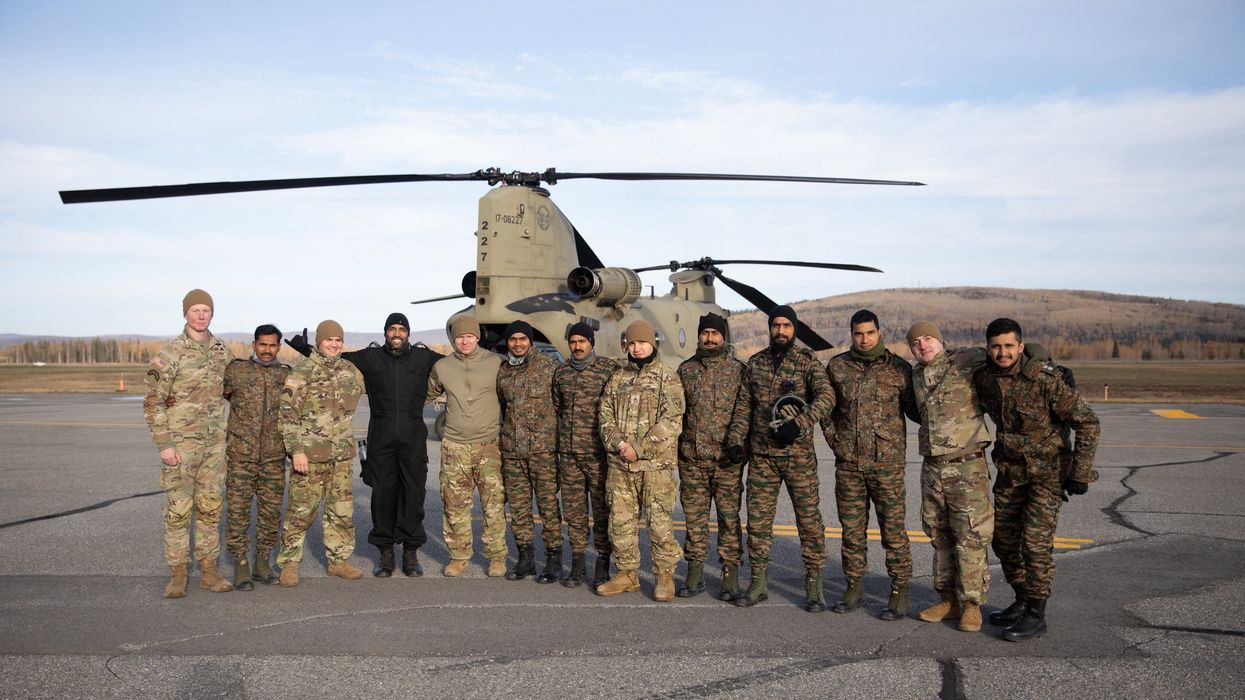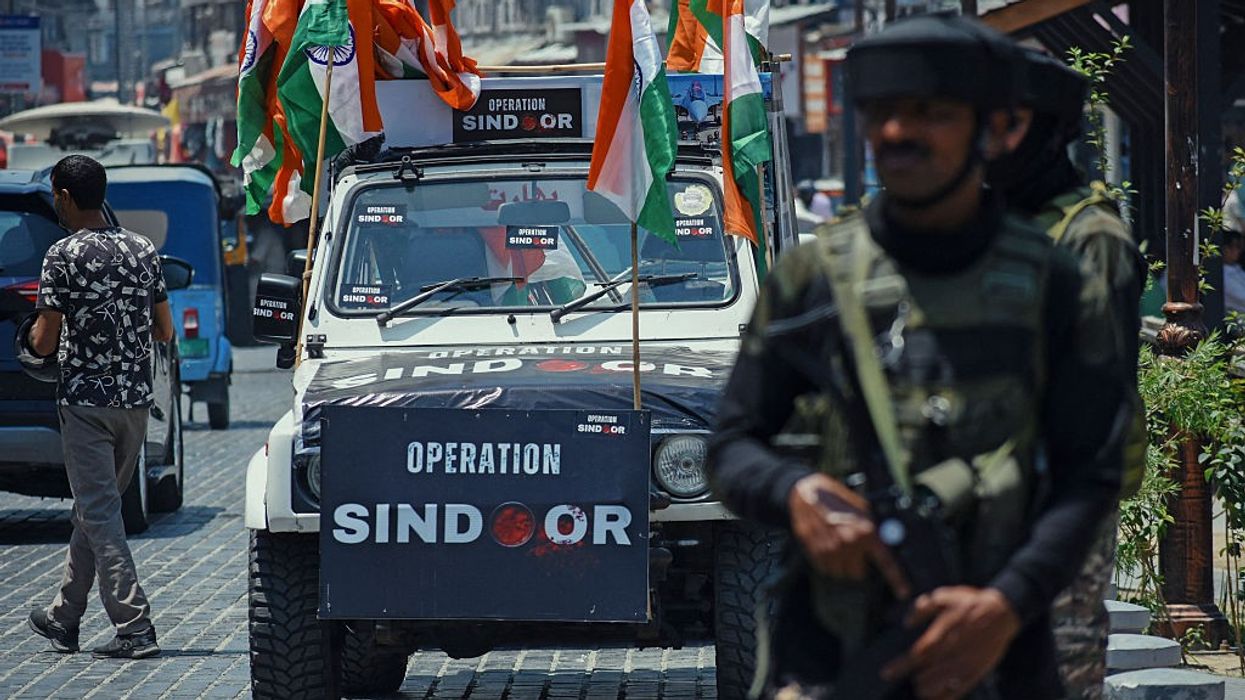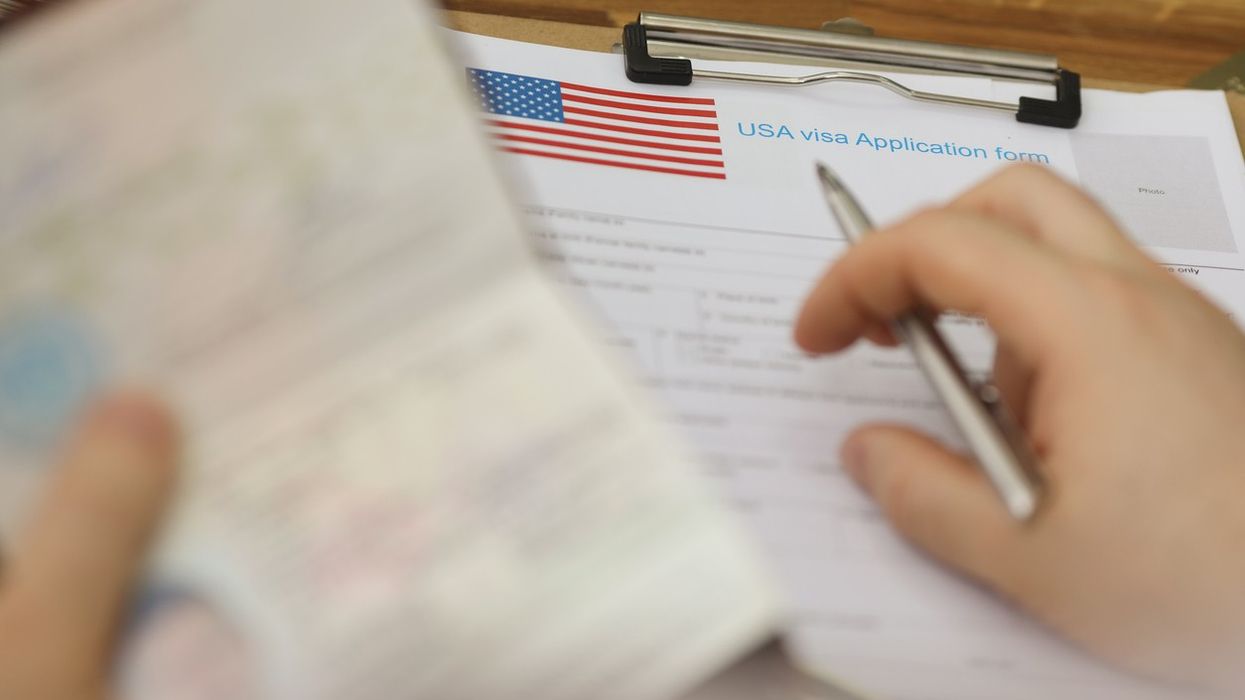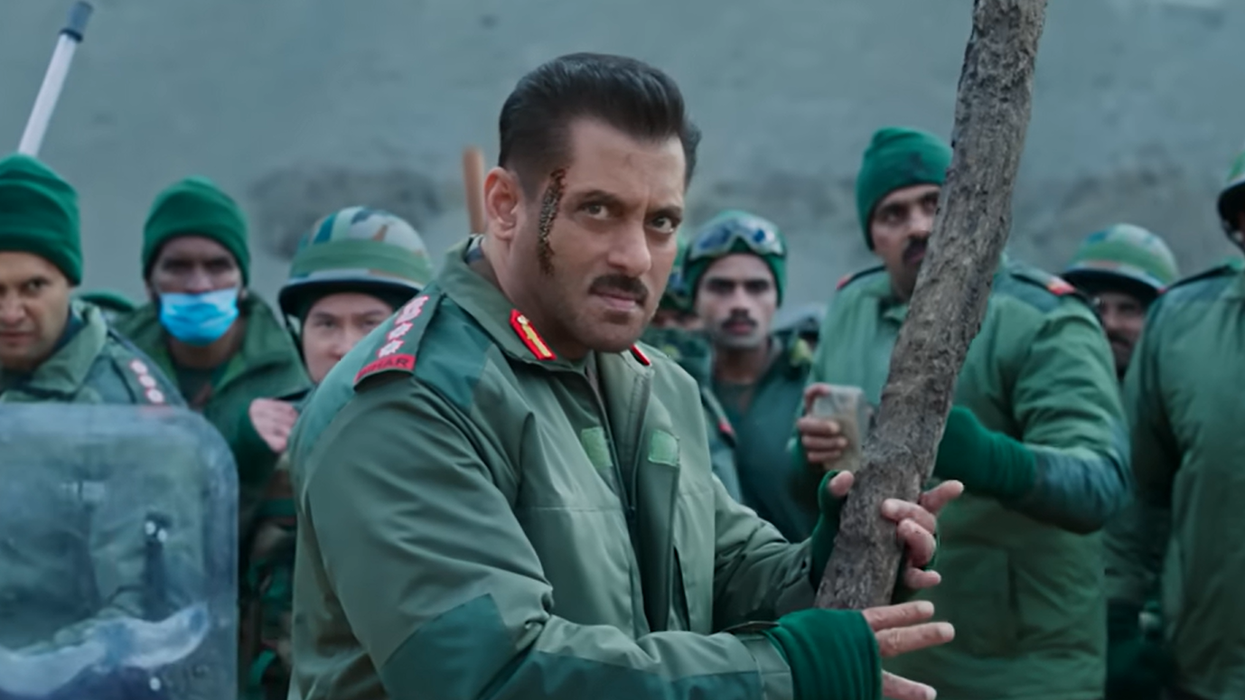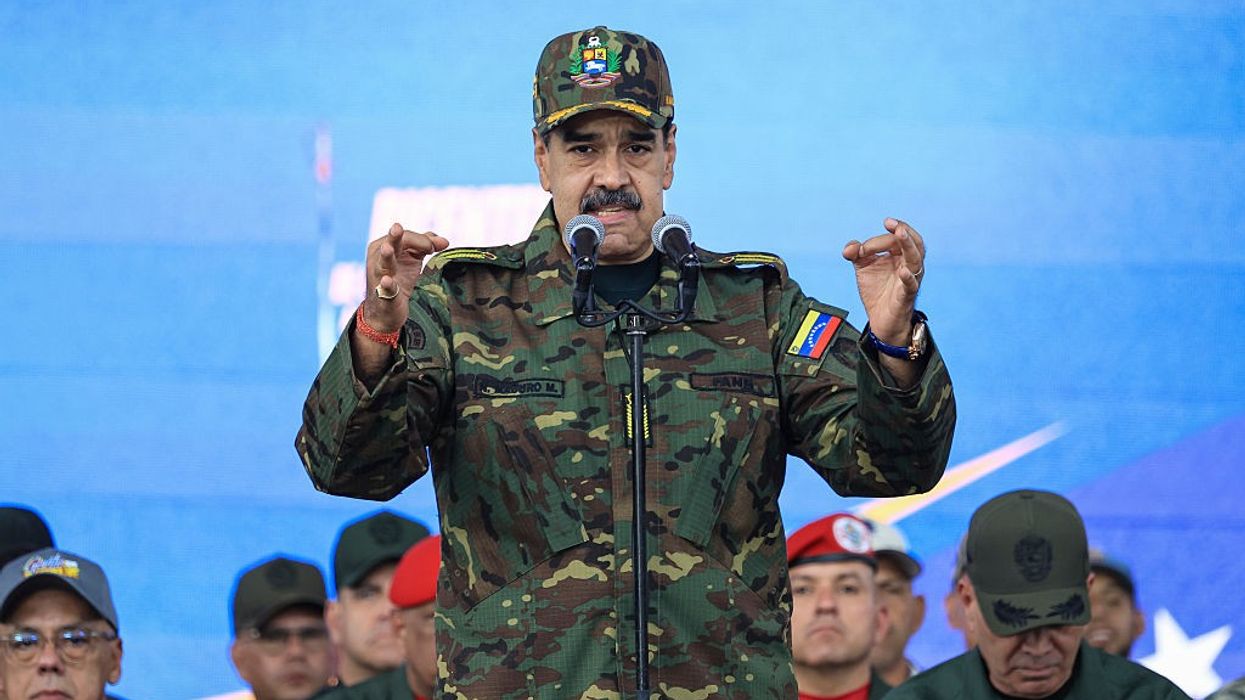Highlights:
- 21st edition of Yudh Abhyas held at Fort Wainwright and Yukon Training Area, Alaska.
- 450 Indian soldiers from Madras Regiment trained with US 11th Airborne Division (Arctic Wolves).
- Focus on command post planning, tactical drills, sniper ops, and counter-IED exercises.
- Joint live-fire exercises tested artillery, mortars, and precision targeting in sub-arctic terrain.
- Exercise reflects growing India-US defense ties and interoperability for future multi-domain operations.
The 21st edition of Exercise Yudh Abhyas, the annual joint military exercise between the Indian Army and the United States Army, concluded successfully on Sunday (14), after two weeks of intensive training and tactical collaboration. The event was hosted at Fort Wainwright and the Yukon Training Area in Alaska, USA, marking a significant milestone in bilateral military cooperation.
Troop participation and locations
The exercise brought together about 450 soldiers from the Indian Army, led by a battalion of the Madras Regiment, alongside troops from the US Army’s 11th Airborne Division, famously known as the Arctic Wolves Brigade Combat Team. The training spanned a demanding sub-arctic environment, challenging soldiers with extreme cold and rugged terrain, ideal for high-altitude and mountain warfare scenarios.
Training activities and tactical drills
Yudh Abhyas 2025 emphasized operational planning through command post exercises, where officers from both armies collaborated closely on brigade and battalion levels, honing their abilities in command, control, and coordination under realistic conditions. Field training incorporated tactical maneuvers, sniper and reconnaissance sessions, counter-IED drills, and obstacle laying, enabling soldiers to adapt to each other’s combat procedures effectively.
Live-fire exercises were a highlight, including joint artillery firing and mortar drills, testing fire control, communication, and precision targeting in challenging terrain. These activities underscored the interoperability and readiness of both forces for combined operations.
Medical and tactical operations under extreme conditions
The exercise included specialized combat medical training at the Medical Simulation Training Center, focusing on casualty evacuation, frostbite prevention, and providing integrated medical support in harsh climates. The final phase featured combined tactical operations deploying infantry, artillery, aviation, electronic warfare, and counter-drone systems, with joint command execution in adverse weather.
A Distinguished Visitor Day on September 11 showcased live-fire drills and coordinated operations, drawing praise from senior officers for the seamless teamwork and effective use of each other's equipment.
Evolution of Yudh Abhyas and strategic importance
Since its inception in 2002 as a modest platoon-level peacekeeping exercise, Yudh Abhyas has evolved into one of India’s largest and most advanced bilateral military exercises. It alternates annually between India and the United States, reflecting the expanding scope and depth of India-US defense ties.
This exercise aligns with the Comprehensive Global Strategic Partnership between the two countries, signaling a robust commitment to joint security collaboration and interoperability. The training enhances readiness for multi-domain operations and peacekeeping missions, showcasing the growing synergy between the two armies.
Exercise Yudh Abhyas 2025 once again reaffirmed the strong military-to-military relationship, enhancing mutual trust and operational capabilities crucial to addressing future security challenges together.
